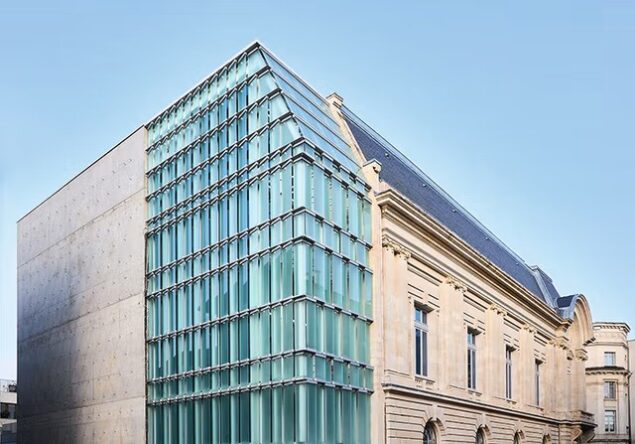The Musée Bonnat-Helleu in Bayonne, France, will reopen to the public on 27 November after a fourteen-year closure for extensive renovation. The expanded historic building now offers twice the original display area, featuring new scholarly discoveries and 2,500 significant loans from the Louvre.
The museum originally closed in 2011 because its nineteenth-century building failed to meet modern safety and accessibility standards. Shortly thereafter, the French architectural firm BLP was commissioned to undertake the renovation, with a key objective being the restoration of natural light to the original three-story structure. Designed by architect Charles Planckaert in an eclectic style, the building’s original intent has been revived.

The renovated and expanded building of the Musée Bonnat-Helleu
Photo: A. Vaquero / Musée Bonnat-Helleu
“The idea was to open it to the city and make it more accessible to the public,” stated Hélène Ferron, the museum’s head of collections. Notable conservation work included the restoration of the central patio’s original glass roof and the uncovering of a mosaic by Giandomenico Facchina, which had been concealed beneath layers of plaster for decades.
The Musée Bonnat-Helleu preserves a distinguished collection of nearly 7,000 works, encompassing paintings, sculptures, drawings, and objets d’art from Antiquity through the twentieth century. Built on successive donations from collectors, artists, and patrons, the holdings are particularly renowned for their collection of European drawings, Spanish paintings, ancient sculptures, and Renaissance masterworks.
For further details on the reopening and the renovation project, see the article in The Art Newspaper. Readers interested in the collection of Netherlandish drawings in Bayonne may want to read our 2022 feature on the subject.
